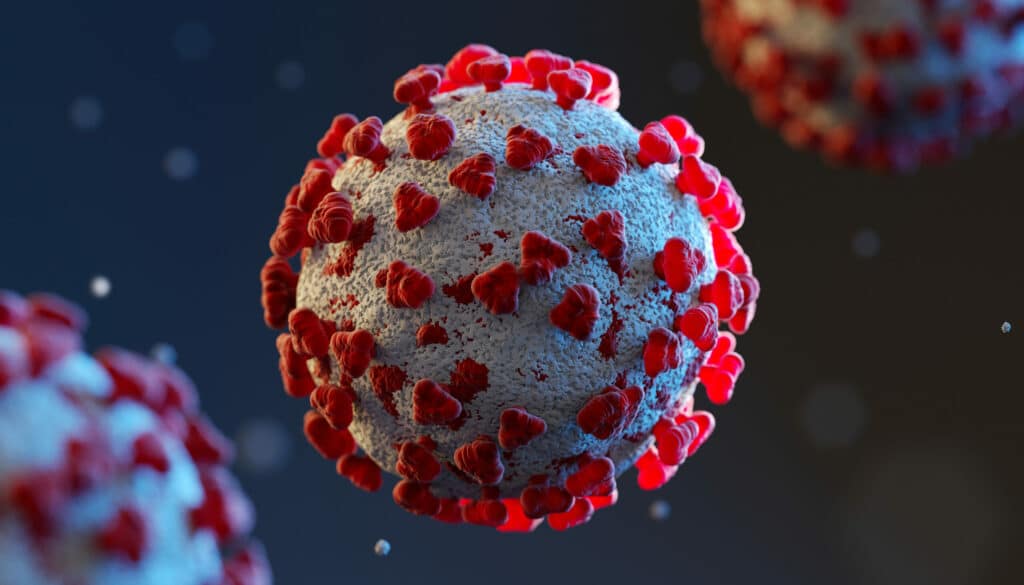There are currently 146 open cases of foot-and-mouth disease (FMD) in South Africa emanating from three separate events. Six provinces have been affected – only the Northern, Eastern, and Western Cape provinces have not recorded any cases.
In response to the outbreaks, on 18 August 2022, a movement ban was imposed on cattle movement in South Africa. This ban was amended to include sheep and goats on 8 September, and only in Disease Management Areas (DMA). There are now three DMA (in KwaZulu-Natal, Limpopo, and the Free State) where animals may only be moved to abattoirs with a movement permit. In other parts of the country, all cloven-hoofed animals may be moved as long as they are identified and accompanied by a health declaration and a declaration of origin (ownership). If animals are moved to a new premises, they need to be isolated for 28 days from animals that are already on the premises.
Based on risk, vaccination is carried out on non-affected animals in the vicinity of outbreaks in an attempt to reduce transmission.
FMD task team
An FMD task team has been created to find solutions to the current FMD situation. These solutions are aimed at containing and stopping current outbreaks, followed by elimination of FMD in livestock in South Africa. Medium- to long-term goals include the reinstatement of South Africa as an FMD-free country with a protection zone and an infected zone (game reserves).
The task team is investigating numerous interrelated factors, including:
- whether to have a FMD-free zone with vaccination and FMD-free zone without vaccination;
- which vaccine to use based on longevity of immunity;
- ensuring that we have sufficient laboratory capacity to support surveillance (both active and passive);
- how to ensure traceability via animal identification, including the use of radio-frequency identification (RFID), and implement proper movement control/monitoring; and
- finding ways to manage and promote trade and marketing.
There are many complexities within the current FMD crisis that are not related to veterinary and animal health competence, but rather social and policing competencies. The FMD task team will require the buy-in of other role players if the goals are to be met.
FMD in pigs
The symptoms of FMD in pigs usually include a high fever, followed by severe foot lesions and lameness with detachment of the claw horn, particularly where pigs are housed on concrete. Vesicles often occur at pressure points on the limbs, especially along the carpus (front knee). In some pigs, vesicular lesions also occur on the snout and dry lesions may occur on the tongue. Young pigs (up to eight weeks of age) are particularly susceptible, often developing myocarditis and dying suddenly from heart failure.
The incubation period in pigs can be as short as two days. The FMD virus replicates very efficiently in pigs, so much so that pigs are regarded as amplifiers of FMD should they become infected.
There is no cure and, therefore, it is important to prevent the disease from entering the farm. Good biosecurity is essential. Fortunately, in South Africa, the SAT serotypes are present, which do not spread far in the air; direct contact with infected animals or infected material is necessary for transmission.
It is interesting to note that the FMD virus can survive in the human respiratory tract for up to 48 hours; therefore, down-time of at least three days (preferably five) is advised for people exposed to FMD-infected animals.
The South African Pork Producers’ Organisation (SAPPO) coordinates industry interventions and collaboratively manages risks in the value chain to enable the sustainability and profitability of pork producers in South Africa.








